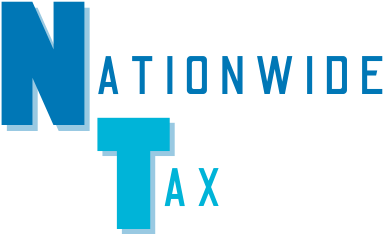Introduction
Bookkeeping is an essential part of running a business. It involves recording and organizing financial transactions to ensure accurate financial reporting. There are three main types of bookkeeping: single-entry bookkeeping, double-entry bookkeeping, and computerized bookkeeping. Each type has its own advantages and is suitable for different types of businesses. In this article, we will explore each type in detail and help you determine which one is right for your business.
Table of Contents
- Single-Entry Bookkeeping
- Double-Entry Bookkeeping
- Computerized Bookkeeping
- Key Takeaways
- FAQ
- Conclusion
Single-Entry Bookkeeping
Single-entry bookkeeping is the simplest form of bookkeeping and is often used by small businesses or sole proprietors. It involves recording transactions in a single ledger or spreadsheet, usually in a chronological order. With single-entry bookkeeping, only basic information such as income and expenses is recorded.
Advantages of single-entry bookkeeping:
- Easy to set up and maintain
- Less time-consuming compared to other methods
- Suitable for small businesses with a low volume of transactions
However, single-entry bookkeeping has its limitations. Since it only provides a basic overview of financial transactions, it is not suitable for businesses that require more detailed financial reporting or have complex transactions.
Double-Entry Bookkeeping
Double-entry bookkeeping is the most widely used method of bookkeeping. It involves recording each transaction in two separate accounts: a debit and a credit. This method follows the accounting equation, which states that assets must always equal liabilities plus equity.
Advantages of double-entry bookkeeping:
- Provides a more accurate and detailed view of financial transactions
- Helps identify errors or discrepancies in the records
- Allows for better financial analysis and planning
Double-entry bookkeeping requires more effort and expertise compared to single-entry bookkeeping. It is recommended for businesses that have a higher volume of transactions or complex financial structures.
Computerized Bookkeeping
Computerized bookkeeping refers to the use of accounting software to record and manage financial transactions. This method eliminates the need for manual data entry and calculation, making it more efficient and accurate.
Advantages of computerized bookkeeping:
- Automates repetitive tasks, saving time and reducing errors
- Provides real-time access to financial information
- Generates detailed reports for better decision-making
Computerized bookkeeping is suitable for businesses of all sizes, especially those with a high volume of transactions. It requires some initial setup and training, but the benefits outweigh the investment in the long run.
Key Takeaways
Here are the key takeaways from this article:
- There are three main types of bookkeeping: single-entry bookkeeping, double-entry bookkeeping, and computerized bookkeeping.
- Single-entry bookkeeping is simple and suitable for small businesses with a low volume of transactions.
- Double-entry bookkeeping provides a more accurate and detailed view of financial transactions and is recommended for businesses with a higher volume of transactions.
- Computerized bookkeeping automates tasks and provides real-time access to financial information, making it suitable for businesses of all sizes.
FAQ
What type of bookkeeping is best for my business?
The type of bookkeeping that is best for your business depends on the size and complexity of your transactions. If you have a small business with a low volume of transactions, single-entry bookkeeping may be sufficient. However, if you have a larger business with complex financial structures, double-entry bookkeeping or computerized bookkeeping would be more suitable.
Is computerized bookkeeping more expensive than manual bookkeeping?
While there may be some initial costs associated with setting up and training for computerized bookkeeping, it can actually save you money in the long run. The time saved from automating tasks and the reduced risk of errors can result in cost savings for your business.
Conclusion
Understanding the different types of bookkeeping is essential for managing your business finances effectively. Whether you choose single-entry bookkeeping, double-entry bookkeeping, or computerized bookkeeping, it’s important to find a method that suits the needs of your business. Consider the volume of transactions, complexity of financial structures, and the level of detail required for accurate financial reporting. By maintaining accurate and up-to-date records, you can make informed decisions and ensure the financial health of your business.
